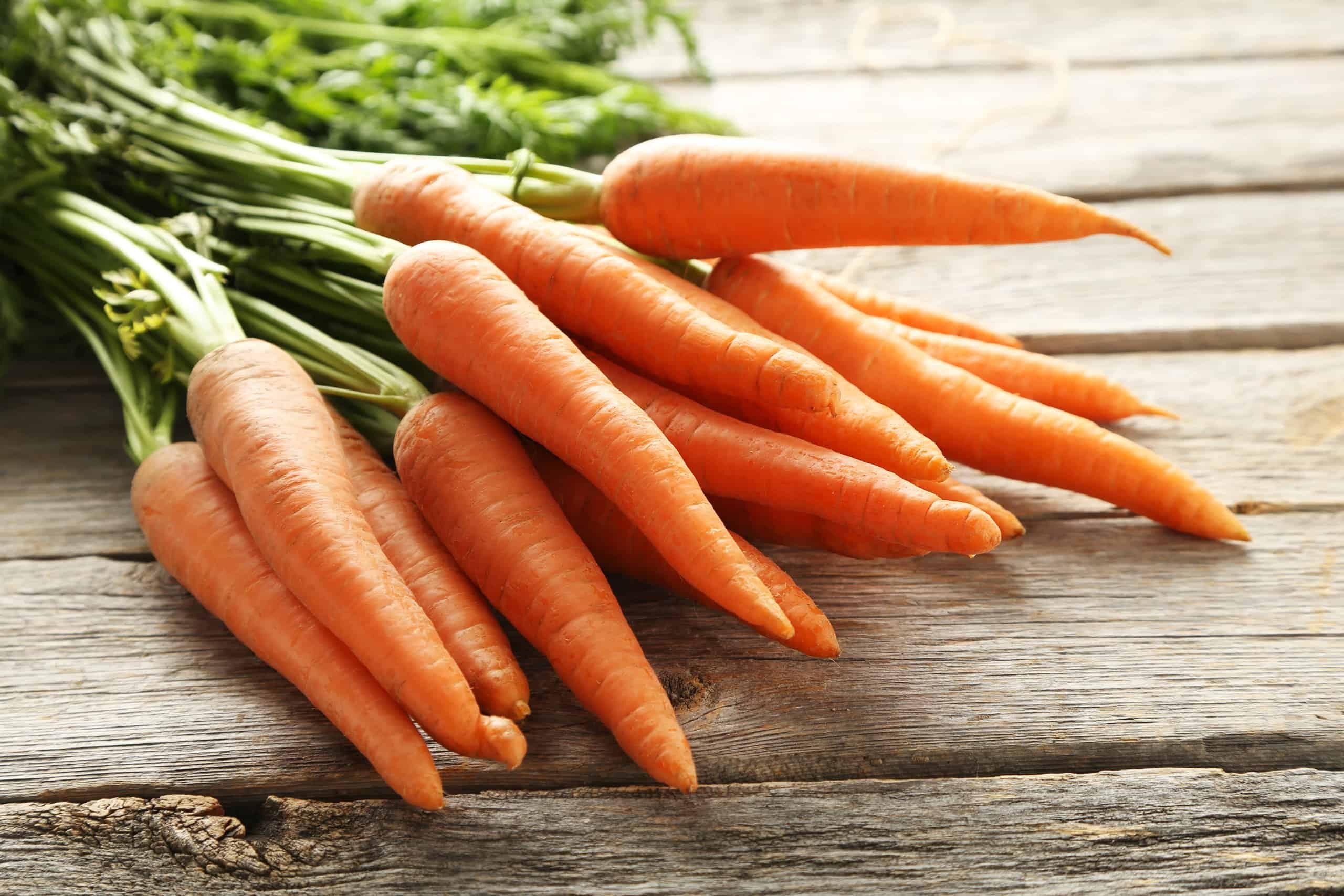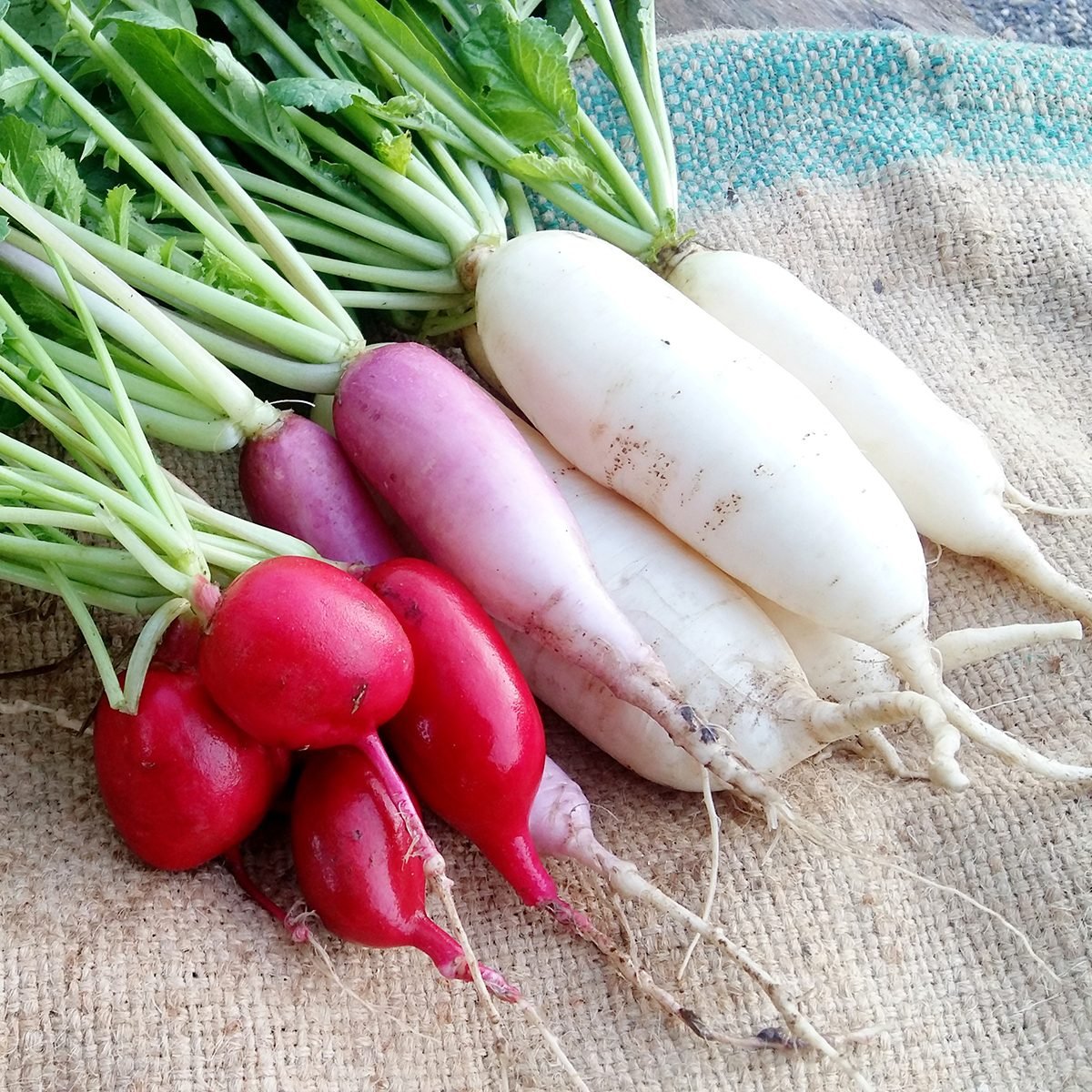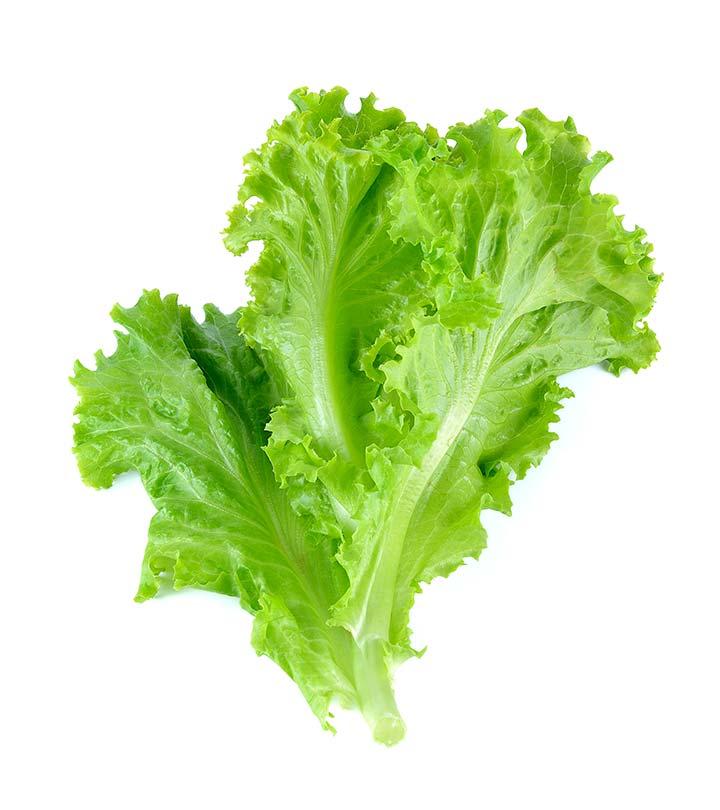The Best Late Summer Vegetables To Grow For A Fall Harvest
As the summer days start to wind down, it's time to start thinking about what you're going to plant in your garden for a fall harvest. There are a number of great vegetables that you can plant in late summer that will be ready to harvest in the fall. These vegetables are perfect for adding some fresh, seasonal flavor to your meals.
Here are some of the best late summer vegetables to grow for a fall harvest:
- Beets: Beets are a delicious and nutritious root vegetable that is easy to grow. They can be harvested in as little as 50 days, so they're a great option for a quick harvest. Beets are a good source of vitamins A and C, as well as fiber.

- Carrots: Carrots are another popular root vegetable that is perfect for growing in late summer. They can be harvested in 60-70 days, so they're a bit slower to mature than beets. However, carrots are a good source of beta-carotene, which is an antioxidant that can help protect your cells from damage.

- Radishes: Radishes are a quick-growing vegetable that is ready to harvest in just 25-30 days. They're a good source of vitamin C and potassium, and they have a mild, peppery flavor. Radishes are a great addition to salads, sandwiches, and stir-fries.

- Spinach: Spinach is a leafy green vegetable that is packed with nutrients. It's a good source of vitamins A, C, and K, as well as folate. Spinach can be harvested in as little as 30 days, so it's a great option for a quick harvest.

- Lettuce: Lettuce is another leafy green vegetable that is perfect for growing in late summer. It can be harvested in 30-45 days, so it's a good option for a quick harvest. Lettuce is a good source of vitamins A and C, and it has a mild, refreshing flavor.

- Peas: Peas are a legume that is a good source of protein and fiber. They can be harvested in 60-70 days, so they're a bit slower to mature than some of the other vegetables on this list. However, peas are a delicious and versatile vegetable that can be eaten fresh, frozen, or canned.

- Bush Beans: Bush beans are a type of bean that is easy to grow and doesn't require a lot of space. They can be harvested in 50-60 days, so they're a good option for a quick harvest. Bush beans are a good source of protein and fiber, and they have a mild, nutty flavor.
- Broccoli: Broccoli is a cruciferous vegetable that is a good source of vitamins C and K. It can be harvested in 70-80 days, so it's a bit slower to mature than some of the other vegetables on this list. However, broccoli is a delicious and nutritious vegetable that is a great addition to any meal.

- Kale: Kale is a leafy green vegetable that is packed with nutrients. It's a good source of vitamins A, C, and K, as well as fiber. Kale can be harvested in 70-80 days, so it's a bit slower to mature than some of the other vegetables on this list. However, kale is a delicious and nutritious vegetable that is a great addition to any meal.

These are just a few of the best late summer vegetables to grow for a fall harvest. With so many delicious and nutritious options to choose from, you're sure to find some vegetables that you'll love. So get out there and start planting!
Are you looking for some great vegetables to plant in late summer? If so, you've come to the right place! Here are a few of the best late summer vegetables to grow:
- Carrots: Carrots are a delicious and versatile vegetable that can be eaten raw, cooked, or juiced. They are also a good source of vitamins A and K.

- Cauliflower: Cauliflower is a versatile vegetable that can be roasted, steamed, or grilled. It is also a good source of fiber and vitamin C.

- Broccoli: Broccoli is a nutrient-rich vegetable that is a good source of vitamins C, K, and fiber. It can be eaten raw, cooked, or steamed.

- Spinach: Spinach is a leafy green vegetable that is a good source of vitamins A, C, and K. It can be eaten raw, cooked, or sautéed.

- Radishes: Radishes are a quick-growing vegetable that is a good source of vitamin C. They can be eaten raw, pickled, or roasted.

For more information about the best late summer vegetables to grow, please visit Home Gardening.

FAQ of best late summer vegetables to grow
Q: What are some of the best vegetables to plant in late summer?
A: There are many great vegetables that can be planted in late summer, but some of the best include:
- Carrots: Carrots are a delicious and nutritious root vegetable that can be planted in late summer and harvested in the fall. They are relatively easy to grow and require full sun.

- Cauliflower: Cauliflower is another delicious and nutritious vegetable that can be planted in late summer. It is a cool-weather crop, so it is important to plant it in a spot that gets full sun but is not too hot.

- Broccoli: Broccoli is a hearty vegetable that can be planted in late summer and harvested in the fall. It is a good source of vitamins C and K, and it is relatively easy to grow.

- Spinach: Spinach is a leafy green vegetable that can be planted in late summer and harvested in the fall. It is a good source of vitamins A and C, and it is relatively easy to grow.

- Radishes: Radishes are a quick-growing vegetable that can be planted in late summer and harvested in a few weeks. They are a good source of vitamin C, and they are relatively easy to grow.

Q: What are some tips for growing vegetables in late summer?
A: Here are some tips for growing vegetables in late summer:
- Choose vegetables that are suited to your climate. Some vegetables, such as broccoli and cauliflower, are cool-weather crops that will not do well in hot weather.
- Plant your vegetables in full sun. Most vegetables need at least 6 hours of sunlight per day.
- Water your vegetables regularly. Vegetables need about an inch of water per week.
- Fertilize your vegetables regularly. Use a balanced fertilizer, such as 10-10-10, every few weeks.
- Watch out for pests and diseases. Late summer is a time when pests and diseases are more common. Be sure to inspect your plants regularly and take steps to control any problems that you see.
Q: What are some of the benefits of growing vegetables in late summer?
A: There are many benefits to growing vegetables in late summer, including:
- You can enjoy fresh, homegrown vegetables in the fall.
- You can save money on produce.
- You can get exercise by gardening.
- You can enjoy the satisfaction of growing your own food.
Image of best late summer vegetables to grow
- Carrots: Carrots are a good choice for late summer planting because they can tolerate cooler temperatures. They are also a good source of vitamins A and K.

- Broccoli: Broccoli is another cool-weather vegetable that is a good choice for late summer planting. It is a good source of vitamins C and K.

- Cauliflower: Cauliflower is a versatile vegetable that can be eaten raw, cooked, or roasted. It is a good source of vitamins C and K.

- Kale: Kale is a leafy green vegetable that is packed with nutrients. It is a good source of vitamins A, C, and K.

- Spinach: Spinach is another leafy green vegetable that is packed with nutrients. It is a good source of vitamins A, C, and K.

- Radishes: Radishes are a quick-growing vegetable that can be harvested in just a few weeks. They are a good source of vitamin C.

- Turnips: Turnips are a root vegetable that is a good source of vitamins C and K. They can be eaten raw, cooked, or pickled.

- Swiss chard: Swiss chard is a leafy green vegetable that is a good source of vitamins A, C, and K. It can be eaten raw, cooked, or stir-fried.

- Beetroot: Beetroot is a root vegetable that is a good source of vitamins A, C, and K. It can be eaten raw, cooked, or pickled.

Post a Comment for "The Best Late Summer Vegetables To Grow For A Fall Harvest"